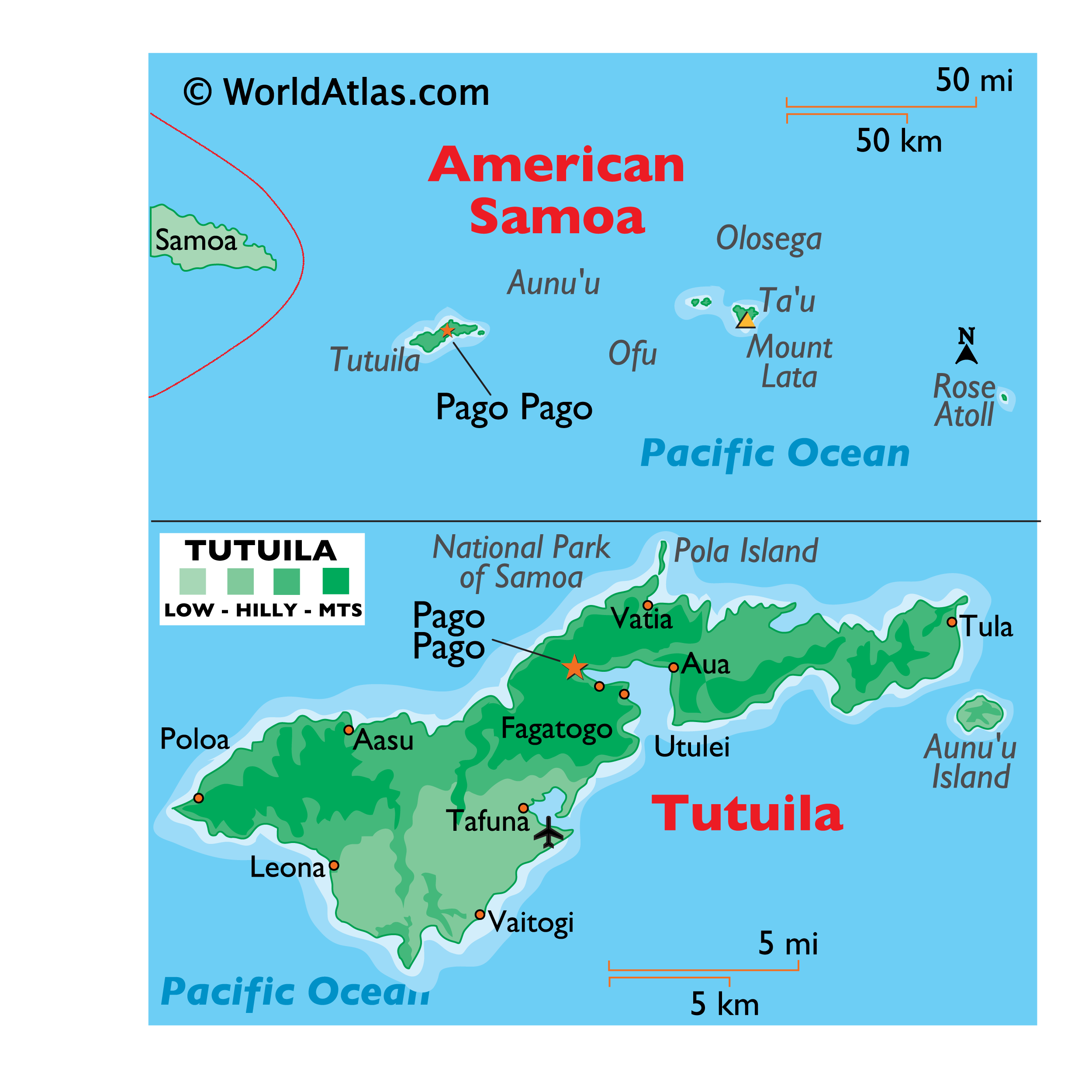Welcome to Teak Publishing's Shortwave Central blog. This blog covers shortwave frequency updates, loggings, free radio, international mediumwave, DX tips, clandestine radio, and late-breaking radio news. Visit my YouTube and Twitter links. Content on Shortwave Central is copyright © 2006-2026 by Teak Publishing, which is solely responsible for the content. All rights reserved. Redistribution of these pages in any format without permission is strictly prohibited.
Wednesday, October 11, 2017
The Radio Scene on Coconut Island
It is true, there are several islands in various parts of our globe that are identified as Coconut Island. However, the Coconut island that we are referring to in our program today is located off the south coast of Guam in the western Pacific.
This Coconut Island is just one mile long and less than a quarter mile wide, and yet in spite of its diminutive size, yet it played host to a large and important radio station way back in the middle of the last century. This island is a hilly tropical island that lies in a north east-south west diagonal direction just one mile off the south coast of Guam.
Coconut Island is a bird watcher’s paradise and it attracts many day tourists from nearby Guam itself. Apart from tourist personnel, the island is uninhabited. In earlier years, the island was under Spanish jurisdiction, along with Guam. However, in1898 Guam was ceded among other territories to the United States, and soon afterwards two thirds of Coconut Island was taken over by the American government for official usages.
In the latter part of the year 1944, after American forces had re-taken over from the Japanese on Guam, a site survey was conducted on the island for the installation of a LORAN a long range navigation radio station. Back then, the Americans were installing numerous LORAN navigation stations at suitable locations in coastal areas in both the Pacific and the Atlantic Oceans.
Each LORAN station operated on a chosen frequency in the marine band just above the standard medium wave broadcast band. The power level was usually 500 watts or less, and the antenna tower was usually quite tall. These stations were on the air 24 hours daily, thus requiring several residences for participating staff.
Each LOARN station broadcast a pulse signal that was decrypted by electronic circuitry in specially designed radio receivers. By tuning two or three different LORAN stations simultaneously, nearby aircraft and shipping could quickly determine their exact location. In many ways LORAN was a forerunner to our present day satellite based GPS networks.
A site on the south west end of Coconut Island was chosen for this new LORAN station and work commenced on this facility on November 11, 1944. Two weeks later, the station was completed, and on December 26, it was taken into full service, along with three other LORAN stations in the Marianas Chain; Saipan, Ulithi and Ratidian Point.
The callsign for LORAN Coconut Island was NRV1. These LORAN navigation stations were installed and operated by the United States Coast Guard whose main maritime station on Cabras Island Guam was authorized under the callsign NRV. It is logical therefore that the LORAN station at that time on Coconut Island would simply add a numerical suffix to that main callsign, as NRV1
Five years later on November 17, 1949, the LORAN navigation radio station NRV1 on Coconut Island was destroyed by Typhoon Allyn; and by March of the following year (1950), the station was completely rebuilt at the same location. However, less than two months later, the station was again badly damaged by another massive windstorm, Typhoon Doris. As a safety precaution, the entire staff were evacuated in advance of the May 9 storm.
And if that was not enough, the station was taken off the air for a short period of time in 1954 after another typhoon damaged the antenna system. Due to the logistical difficulties in meeting staff requirements on a lonely and isolated small island, and also because of significant and costly damage to the station from the only too frequent typhoons, the station was closed in 1963, decommissioned on February 15 of the following year (1964), and rebuilt at a new location on the main island of Guam.
The new LORAN station on the island of Guam was installed on United States naval property at Orote Point, near the end of a small peninsula on the central west coast of the island. This new LORAN NRV1 with its several transmitters at its new location was taken into full service later in 1964, though its usefulness was beginning to come to an end.
With the introduction of international communications by satellite, LORAN stations were becoming redundant. Station NRV1 at Orote Point was taken out of service in 1977, and it was noted that the station was no longer operative at the time of the onslaught of Typhoon Pamala during the following year 1978.
The corresponding receiver station for LORAN Guam was located at Ritidian Point, the northernmost point on the island of Guam itself. This Ritidian Point facility was taken into service at the end of the year 1944, at the same time as the transmitter station on Cocos Island was commissioned. The Ritidian Point receiver station was decommissioned in 1978, along with the transmitter station at its second major location, Orote Point.
A search on Google Earth for the original location of LORAN NRV1 on Coconut Island reveals that almost nothing is left at that site, just overgrown verdure. The station is gone, and the location has been reclaimed by nature. There are no known QSLs anywhere, verifying LORAN Guam; in fact, there are no known QSLs anywhere verifying any of the LORAN stations anywhere in the world.
(AWR-Wavescan)
